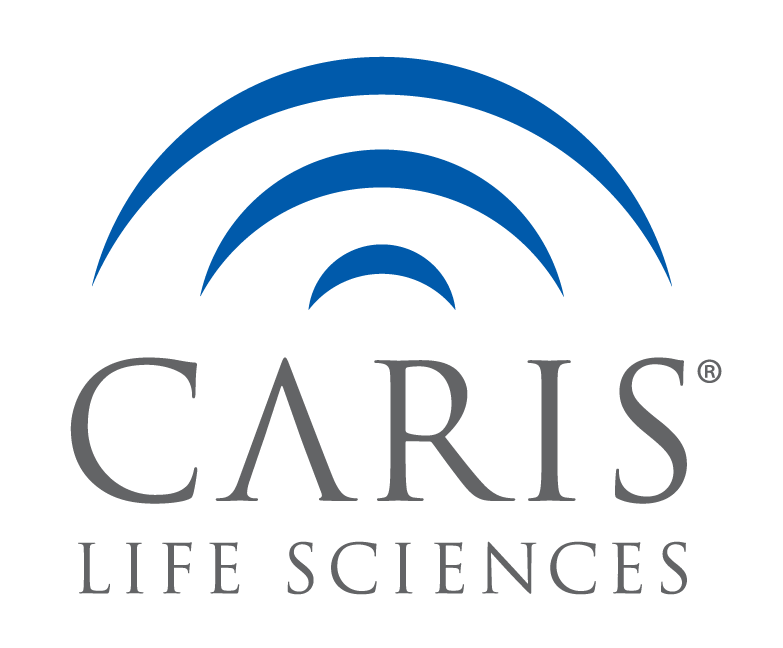
Physician Tests
Comprehensive Molecular Profiling for Cancer Therapy Selection
Whole Exome and Whole Transcriptome Sequencing, Plus Protein Analysis and Molecular AI
Caris performs artificial intelligence (AI)-enhanced comprehensive molecular profiling to help healthcare providers make more personalized treatment decisions for their patients. Caris’ industry-leading laboratories help improve the lives of thousands of patients each day through the analysis of DNA and RNA by whole exome and whole transcriptome sequencing (WES/WTS) in tissue or blood, plus immunohistochemistry (IHC) of key proteins in tissue specimens. Caris innovates AI-enabled techbio solutions to provide predictive algorithms that can further characterize certain tumors.
These deep molecular insights into a patient’s cancer help healthcare providers to:
- NAVIGATE among therapies with potential benefit.
- IDENTIFY therapies that may not have been considered.
- DETERMINE drugs unlikely to provide benefit (avoiding unnecessary toxicities and costs).
- MATCH patients to clinical trials.
Simultaneous WES/WTS-based profiling with FDA-approved CDx indications for adult and pediatric patients, plus additional IHCs and other tests by tumor type.
USE:
Profiling for Therapy Selection & Additional Services
COVERAGE:
DNA, RNA, Proteins
INDICATION:
Solid Tumors
SPECIMEN:
Tissue
Simultaneous WES/WTS-based profiling with FDA-approved CDx indications for adult and pediatric patients.
USE:
Profiling for Therapy Selection & Additional Services
COVERAGE:
DNA, RNA
INDICATION:
Solid Tumors
SPECIMEN:
Tissue
Simultaneous WES/WTS-based profiling, plus additional IHCs and other tests by tumor type.
USE:
Profiling for Therapy Selection
COVERAGE:
DNA, RNA
INDICATION:
Solid Tumors
SPECIMEN:
Tissue
Blood-based WES and WTS of plasma and buffy coat (WBCs) to detect tumor-derived, incidental clonal hematopoiesis (CH) and incidental germline variants.
USE:
Profiling for Therapy Selection
COVERAGE:
DNA, RNA
INDICATION:
Solid Tumors
SPECIMEN:
Blood
Discover
More
Chemotherapy response predictor for first-line therapy sequencing:
- (either) FOLFOX+BV followed by FOLFIRI+BV
- (or) FOLFIRI+BV followed by FOLFOX+BV
Tumor of origin predictor
- Predicts or confirms likely tumor of origin
- Compares tumor molecular characteristics against 90+ known tumor types in the Caris database
